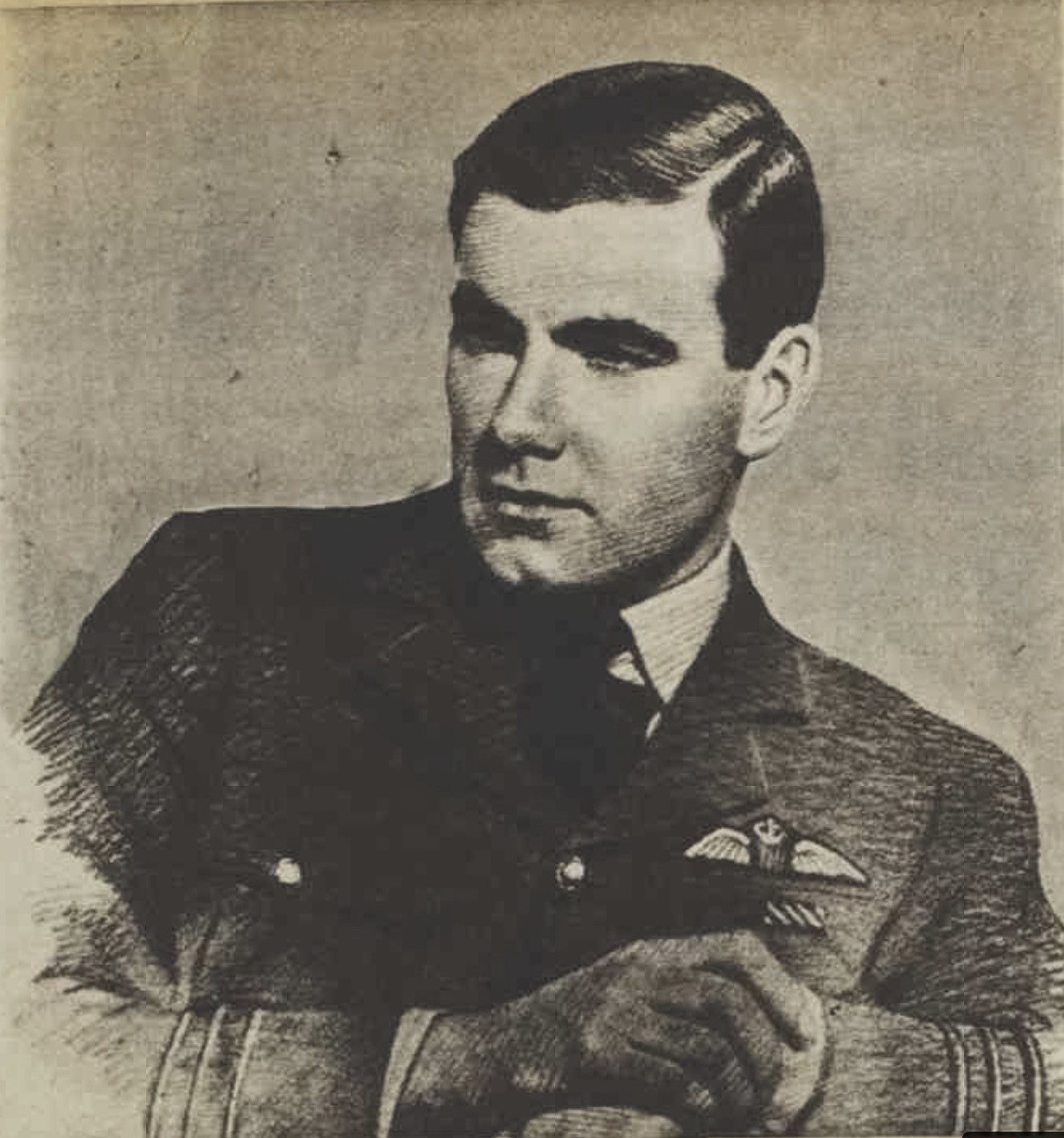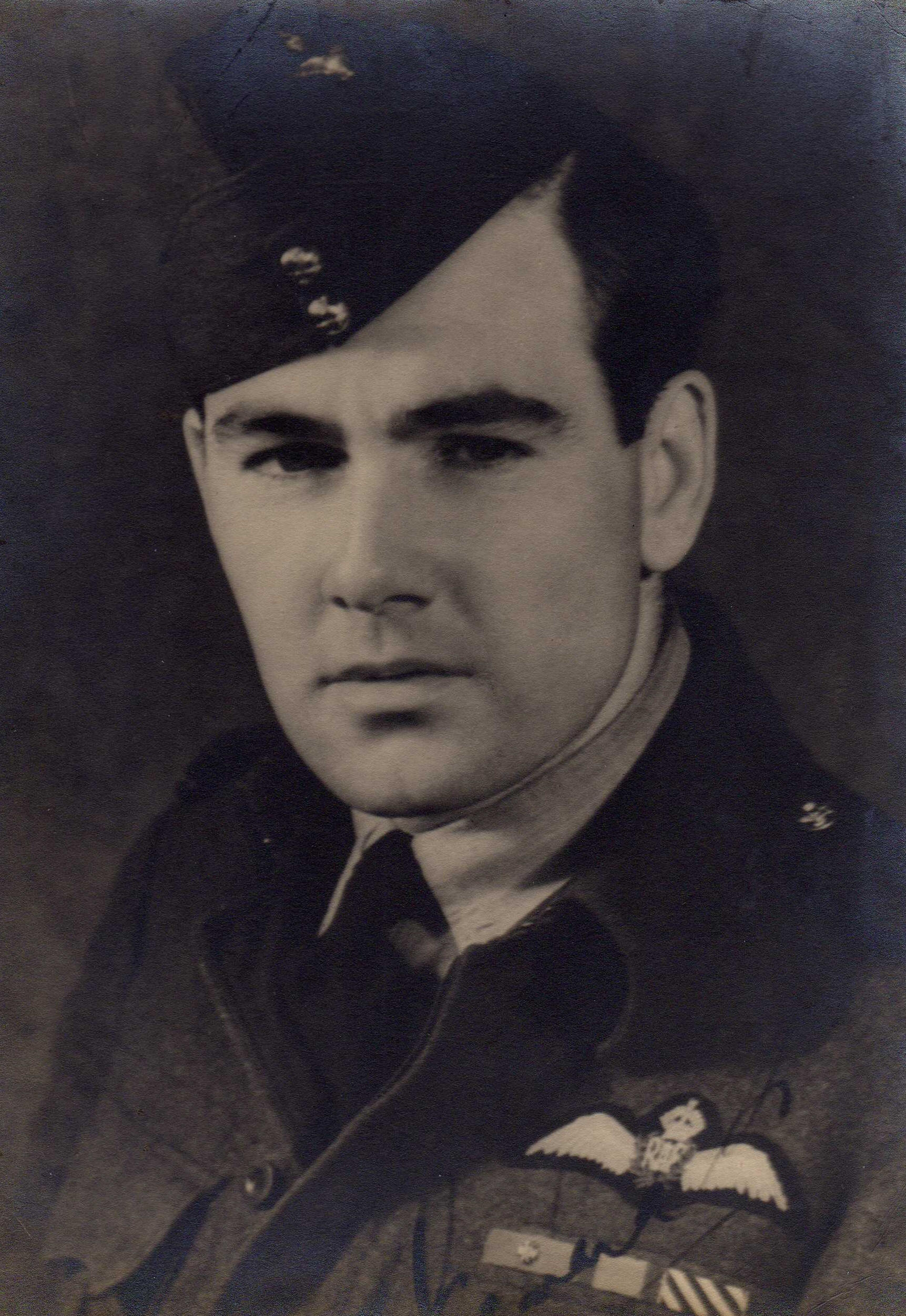Air of Authority - A History of RAF Organisation
Hughie
Idwal
b: 1 Aug 1914
r: 30 Sep 1963
d: 5 Aug 1982
VC
22
Jul 1941, KCMG
26 Aug 1974, CB - 1 Jan 1959, DSO 8 Jan 1943, OBE
11 Feb 1947, DFC 4 Jul 1941, MiD 1 Jan 1945, KStJ - 11 Jun 1974.
Plt
Off: 21 Aug
1936, Fg Off: 21 May 1938,
Flt Lt: 21 May 1940,
Act
Sqn Ldr: 13 Apr 1941,
Act
Wg Cdr: 10 May 1941,
(T) Sqn Ldr:
10 Aug 1941, (T) Wg Cdr: 1 Sep 1942,
Act Gp Capt: 18 Feb 1943, Wg Cdr
(WS): 18 Aug 1943,
Sqn Ldr: 2 Apr 1946 [1 Jun 1944],
Wg Cdr: 1 Jul
1947, Act Gp Capt: 1 Jul 1953?, Gp Capt: 1 Jan 1954,
Act A/Cdre: 23 Sep 1955, A/Cdre:
1 Jul 1959.
|
|
 |
 |
xx
Jul 1935:
Under training with RAAF.
xx
Sep 1936:
Pilot, No XV Sqn.
15 Mar 1937: Adjutant, No 90 Sqn. (Bicester)
20 Aug 1938: Officer Commanding, 'A' Flight, No 90 Sqn
30
Aug 1938: Admitted
to hospital after abandoning Blenheim K7067/Non-Flying duties
xx
Apr 1940:
Attended Armament Course.
xx
Aug 1940:
20 Feb 1941:
Pilot, No 139 Sqn.
12
Apr 1941:
Flight Commander, No 139 Sqn.
11
May 1941: Officer Commanding, No 105
Sqn.
31
Aug 1941:
Air Staff, AHQ Malta.
xx Oct 1941: Adviser to USAAC, USA.
26
Jan 1942:
Chief Instructor, No 22 OTU - Wellesbourne Mountford.
3
Aug 1942:
Officer Commanding, No 105 Sqn.
18
Feb 1943:
Officer Commanding, RAF Binbrook.
15 Dec 1944: Pending posting overseas.
25
Jan 1945:
Group Captain - Operations,
21
Aug 1945:
Transferred to RAFO and called up for service.
2
Apr 1946:
Appointed to Permanent Commission in the rank of Squadron Leader (retaining
rank current at the time).
8
Feb 1946:
SASO, AHQ Netherlands East Indies.
xx
xxx 1947:
Officer Commanding, RAF Kuala Lumper
29 Dec 1947: Senior Personnel Staff Officer, HQ, No 21 Group
xx
xxx xxxx:
Served in Malta
xx
xxx xxxx:
Officer Commanding, Staging Post - Habbaniya.
xx xxx xxxx: Officer Commanding, RAF Wattisham.
xx
xxx 1958:
Commandant, Central Fighter Establishment.
8 Mar 1960 - 30 Sep 1963: ADC to The Queen.
xx
xxx 1961:
Attended Imperial Defence College.
22
Jan 1962:
Director of Organisation (Establishments).
He finally returned to operations with No 139 Sqn at
Horsham St Faith flying the Blenheim Mk IV.
Taking over command of No 105 Sqn at Swanton Morley again flying Blenheim
IV's, he soon set about his task with vigour attacking shipping and coastal
targets at very low level. Shortly
after taking command on the squadron, he was flying Blenheim T1826 which
overshot on landing at Hendon on a training flight, fortunately there were no
injuries. During the mission of 4
July 1941, he was leading nine aircraft from his own squadron and six from 107
against docks and factories in Bremen. He attacked under extremely fierce enemy fire flying through
the balloon barrage and strafing targets after he had released his bombs.
His aircraft was hit several times and his gunner had his knee shattered
but he managed to escape the fire and fly his Blenheim back to England.
For this operation, he was awarded the Victoria Cross.
A few days later he led 105 to Malta to relieve other No 2 Group units on
the island. From Malta the squadron
undertook operations against Axis shipping in the Mediterranean area.
Returning to the UK, he left the squadron to join a lecture tour of the
United States and on his return he took up the duties of CFI at Wellesbourne
Mountford.
It
was not long before he returned to operations and unusually he regained the
reins of his old squadron, No 105, by now equipped with the De Havilland
Mosquito. He was awarded the
DSO following the 2 Group attack on the Phillips works at Eindhoven on 6
December 1942. Promotion to Group Captain took him to Lincolnshire and
command of the bomber station at Binbrook which was the home of fellow
Australians, No 460 Sqn. However
elevation to the post of 'Station Master' did not deter him from taking part in
operations, usually by 'skippering' new inexperienced crews.
With the end of the European war in sight, he found himself posted to the
Far East where he filled a number of posts including Group Captain - Ops, SASO
at AHQ Netherlands East Indies and AHQ Ceylon as well as station commander at
Kuala Lumper. He
was awarded the CBE for is work in the Far East.
Remaining in the post-war RAF he received further
awards in the form of an OBE (1947) and a CB (1959). Following his retirement from the RAF he returned to his
native Australia, where he became Australian Representative for Selection Trust
until 1974 when he was appointed Governor of Western Australia, being sworn in
on 7 January 1974.
Acting Wing Commander Hughie Idwal EDWARDS (39005), No.105 Squadron.
In June, 1941, this officer led a formation of aircraft in an operational sweep against enemy shipping off the Dutch coast. A convoy of eight merchant vessels was sighted at anchor about 3 miles outside The Hague. In the face of intense and accurate pompom and machine gun fire, the formation attacked from a height of only 50 feet. Wing Commander Edwards attacked a ship of some 4,000 tons and, after raking the decks with his forward machine guns, released his bombs from mast high. A considerable explosion followed, debris being thrown in the air while columns of black smoke were emitted. The vessel was certainly severely damaged if not sunk. This officer has completed numerous operational missions over enemy and enemy-occupied country and against their shipping and has at all times displayed great leadership, skill and gallantry.
(London Gazette 4 Jul 1941)
Citation for the award of the Victoria Cross
Acting Wing Commander Hughie Idwal EDWARDS D.F.C. (39005), No.105,
Squadron.
Wing Commander Edwards, although handicapped by a physical disability
resulting from a flying accident has repeatedly displayed gallantry of the
highest order in pressing home bombing attacks from very low heights against
strongly defended objectives. On
4th July, 1941, he. led an important attack on the Port of Bremen, one of the
most heavily defended towns in Germany. This
attack had to be made in daylight and there were no clouds to afford
concealment. During the approach to
the German coast several enemy ships were sighted and Wing Commander Edwards
knew that his aircraft would be reported and that the defences would be in a
state of readiness. Undaunted by
this misfortune he brought his formation 50 miles overland to the target, flying
at a height of little more than 50 feet, passing under high-tension cables,
carrying away telegraph wires and finally passing through a formidable balloon
barrage. On reaching Bremen he was
met with a hail of fire, all his aircraft being hit and four of them being
destroyed. Nevertheless he made a
most successful attack, and then with the greatest skill and coolness withdrew
the surviving aircraft without further loss.
Throughout the execution of this operation which he had planned
personally with full knowledge of the risks entailed, Wing Commander Edwards displayed the highest possible
standard of gallantry and determination.
(London Gazette 22 Jul 1941)
On the 6th December, 1942, a force of bombers was detailed to make an
attack in daylight on the Philips Factory at Eindhoven.
The operation, which was executed faultlessly, demanded a high degree of
skill and accurate timing. Bombs
were released at varying heights, down to roof top level.
Many hits were obtained, some in the center of the target area. Two gun posts were silenced.
Intense and heavy opposition was encountered and both of the outward and
return flights attacks were made by enemy fighters. The great success achieved reflects the greatest credit on
the following personnel who participated in various capacities as leaders and
members of aircraft crews:
Distinguished Service Order.
Wing Commander Hughie Idwal EDWARDS, V.C., D.F.C. (39905), No.105
Squadron.
(London Gazette 8 January 1943)
This page was last updated on 16/03/25©
![]() D J Edwards
D J Edwards ![]()